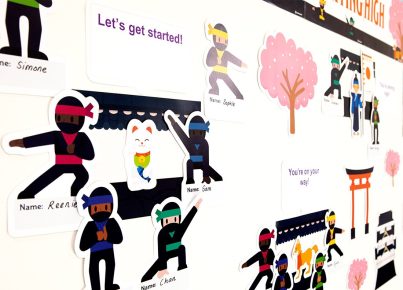Introduction:
More than ever before, it is of utmost importance that we incorporate sustainable habits and waste management practices into our daily lives. One of the best places to start promoting such efforts is at schools. Introducing a recycling program in educational institutions can teach children the importance of environmental conservation. However, the success of these programs requires the commitment and participation of the entire school community. Here are some steps to get your whole school on board with a recycling program.
1. Get approval from school administration:
Initiating a recycling program will require official approval from the school’s leadership. Present your plan to them, explain its significance, and outline its impact on school operations and budget. Garnering support from the top ranks can help you smoothly implement your plan.
2. Form a green committee:
Create a group of volunteers from teachers, students, staff, and parents with an interest in environmental concerns. This green committee will be responsible for planning, organizing, and overseeing the recycling program. Encourage participation by promoting the committee or holding an information session.
3. Assess your school’s waste generation:
Conduct a waste audit to understand what type of waste your school produces and in what quantities. This will help you determine which materials can be recycled and formulate strategies for effective waste segregation.
4. Educate the school community:
To ensure active participation, you must educate everyone about how to use the recycling program properly. Organize special sessions for students and staff to help them understand the importance of recycling, waste segregation, and how they can contribute.
5. Set up an efficient infrastructure:
Place clearly labeled recycling bins at strategic locations throughout your campus, such as in hallways, classrooms, cafeterias, etc., making it convenient for people to dispose of recyclable materials properly.
6. Monitor progress:
Track the program’s success by measuring how much recyclable material has been collected over time. Communicate these figures to the entire school community to instill a sense of accomplishment and inspire them to continue their efforts.
7. Motivate and reward participants:
Appreciate, acknowledge, and reward students, teachers, and staff for their active involvement in the recycling program. Give out certificates or awards for those who consistently participate. Share success stories and showcase the positive impact that the program has had on the environment.
8. Seek participation in local competitions:
Some organizations conduct recycling competitions among schools to generate enthusiasm for reducing waste. Participating in these events can further motivate your school community.
9. Engage with local recyclers:
Establish connections with local recycling centers for efficient waste management. Coordinate with them on collection schedules and other logistics related to disposing of recyclable materials.
10. Continuously evaluate and improve:
Periodically assess the effectiveness of your school’s recycling program and seek ways to improve it. Regularly update your strategies by incorporating feedback from students, teachers, staff, and parents.
Conclusion:
Implementing a school-wide recycling program not only fosters environmental consciousness among students but also allows them to play an active role in preserving our planet’s resources. By engaging everyone at your school in this noble cause, you will create a lasting impact that goes beyond the classroom walls.





